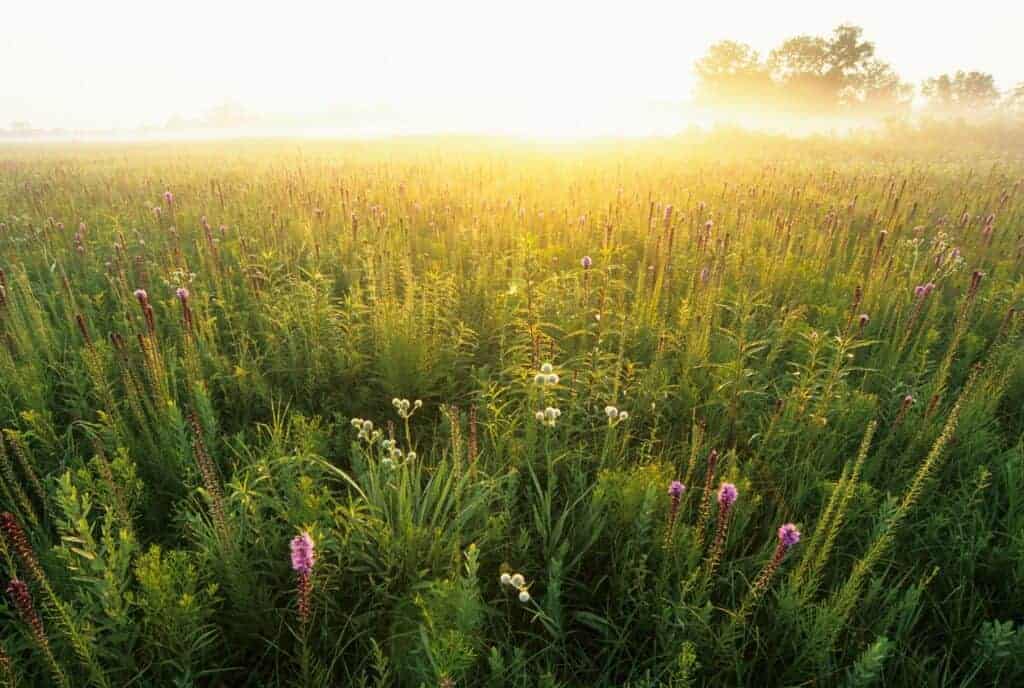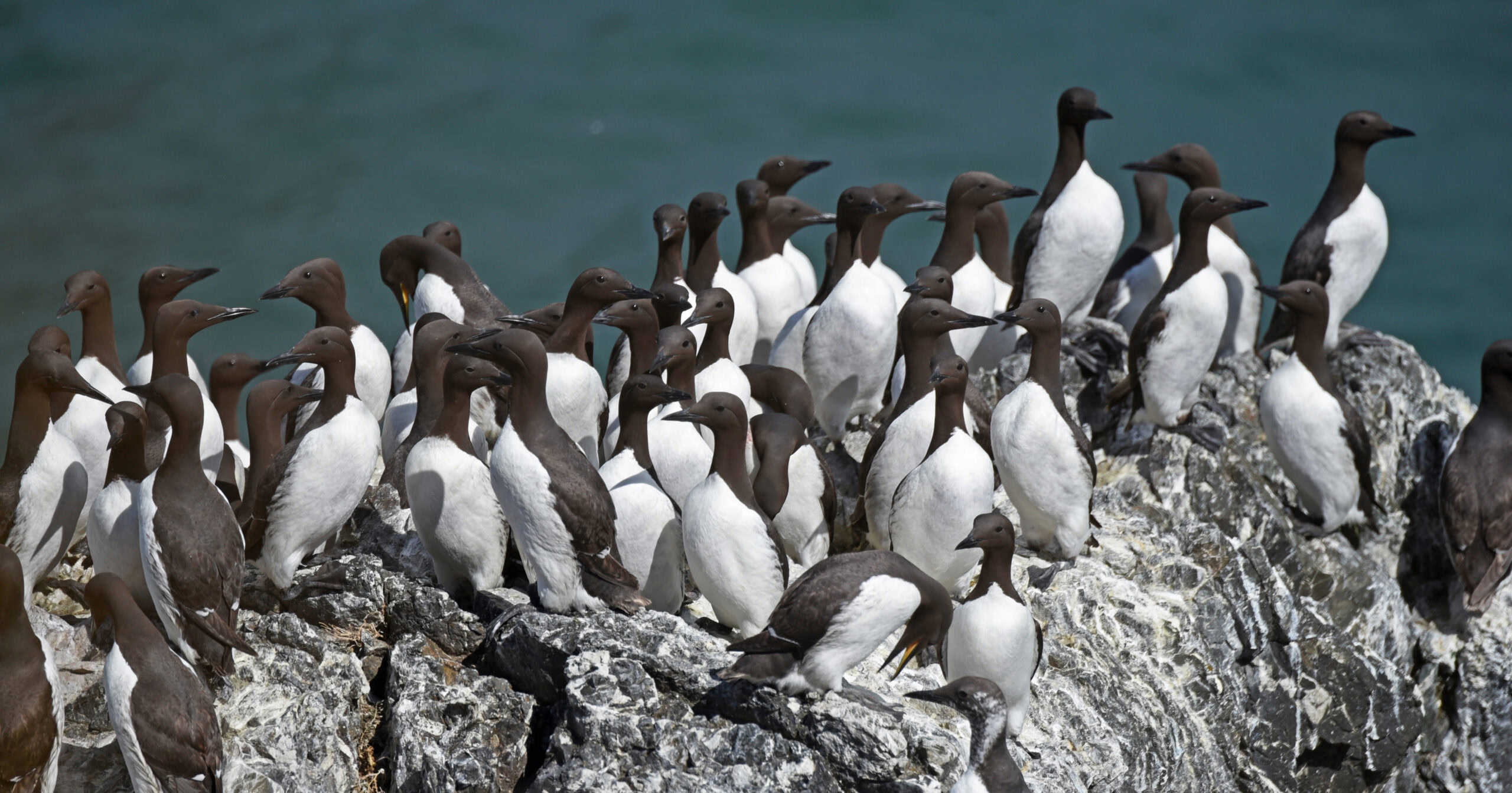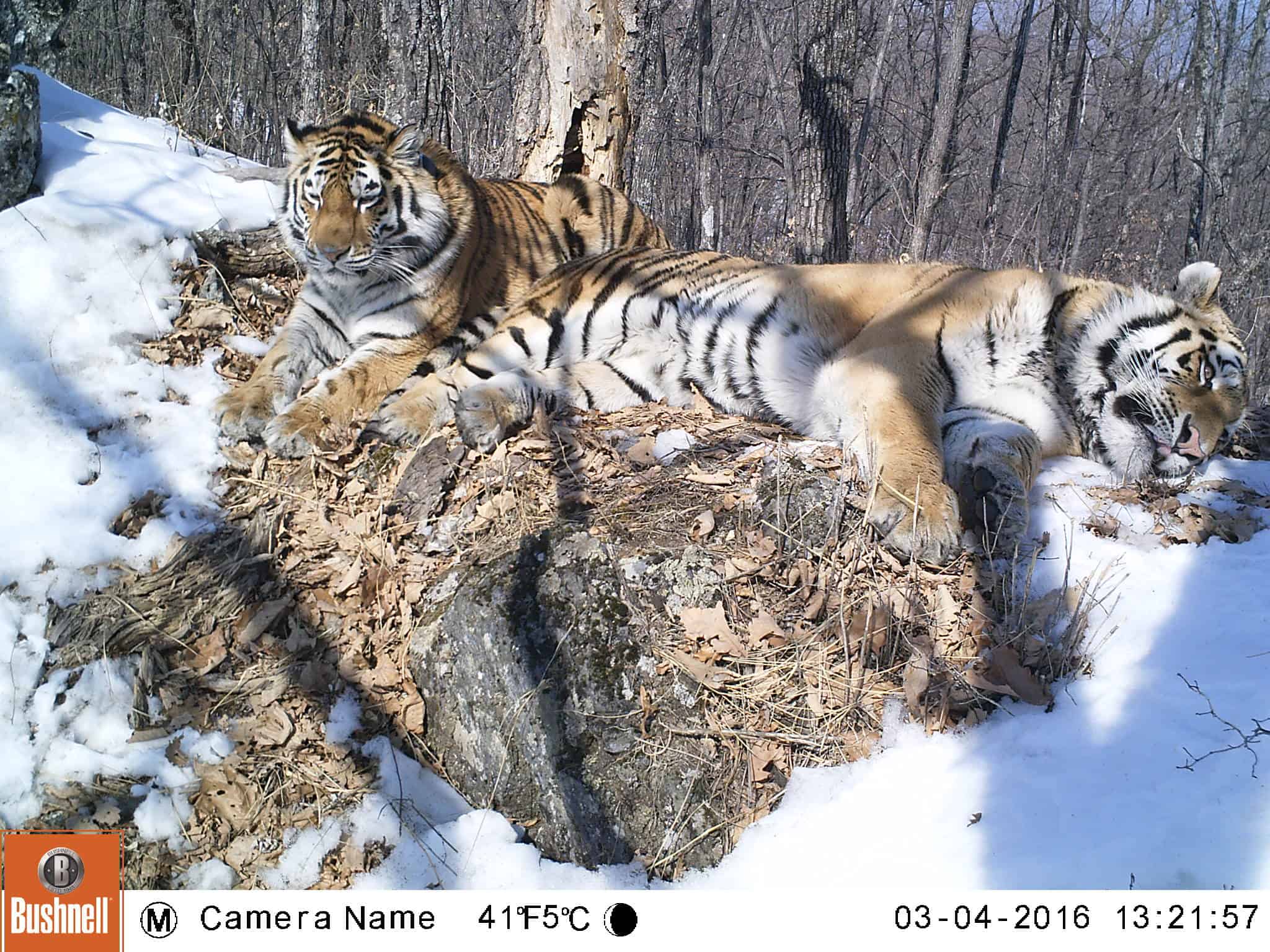Share this article
Inbreeding threatens northern spotted owls
Northern spotted owls (Strix occidentalis caurina) face plenty of external threats, including habitat loss, deforestation and competition from invasive barred owls (Strix varia). They also face threats from inbreeding, according to new research.
“A lot of research has gone into studying northern spotted owl dispersal and looking at effects of barred owls and deforestation,” said Mark Miller, a statistician with the U.S. Geological Survey’s Forest and Rangeland Ecosystem Science Center. “All of these things have had an impact on owls. One thing that’s important but is not known about is the extent that inbreeding is occurring in northern spotted owls. We took this up as a challenge. How we could quantify inbreeding rates in northern spotted owls?”
In a study published in the Auk: Ornithological Advances, lead author Miller and his colleagues developed northern spotted owl pedigrees for almost 14,200 owls that had been collected over 30 years, using a method they developed and described in a 2017 Journal of Heredity in 2017 paper.
“We need to know the parents, the grandparents and even the great-grandparents,” Miller said. “These data are not often available. There are ways to account for missing information to figure out how common inbreeding is.”
The team found evidence of variation in inbreeding rates for northern spotted owls. In the Washington Cascades, they saw high inbreeding rates, with about 15 percent of individuals highly inbred. In northern California and Oregon, inbreeding rates dropped to about 2 or 3 percent. In the Olympic peninsula, inbreeding was intermediate.
Miller suspects a few possible reasons. The northern part of the owls’ range has seen more consistent declines in demographic rates, and it has a longer history of invasion by barred owls.
Of the owls that were inbred, only about 7 percent were later detected as functioning parents in the population, researchers found. In contrast, they found a 27 percent chance for average owls to survive and reproduce later.
These results can help influence conservation and management of northern spotted owls, Miller said. “It sets the stage for determining if translocations of individuals are worthwhile,” he said. “If we introduce owls from the south into the north to increase genetic variation and mitigate effects of inbreeding, at the same time we have to be careful about dealing with populations declining as they are in the north.” Miller said owl populations must be stable before introducing new genetic variation to areas.
Miller hopes to use the same methodology to determine how common inbreeding is in the wild in different taxonomic groups. “The quantitative statistical estimation framework gives us the place to do this,” he said.
Header Image: A northern spotted owl perches on a branch. Researchers recently found inbreeding is an additional struggle for the owls along with barred owls and deforestation. ©Alan Dyck








